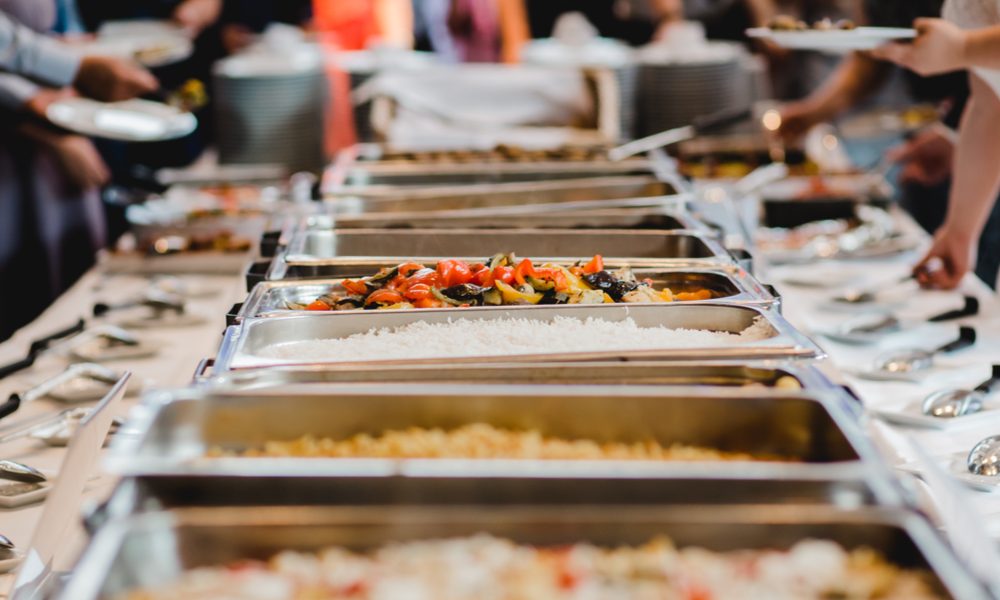Planning an event comes with challenges, but food is one of the most crucial aspects. A well-planned menu can impress guests, create lasting memories, and set the tone for the gathering. Choosing the right dishes ensures everyone is satisfied, yet many hosts overlook key details that elevate the experience.
Custom menu planning ensures that every dish aligns with guests’ preferences, dietary requirements, and the event’s overall theme. Hosts can create a well-balanced menu featuring fresh, high-quality ingredients and visually appealing presentations by working with a skilled catering team. This thoughtful approach enhances the dining experience, making the event seamless, memorable, and enjoyable for all attendees.
1. Understand Your Guests’ Preferences and Restrictions
One of the hosts’ most significant mistakes is assuming that a one-size-fits-all approach will work for their event. Guests have different dietary needs, from vegetarian and vegan preferences to gluten-free and allergy-related restrictions. Taking the time to gather this information in advance ensures that everyone has something delicious to enjoy.
A thoughtful way to do this is by collecting RSVPs with a meal preference section or working closely with a catering professional who can offer a diverse selection of dishes. A balanced menu with meat, seafood, and plant-based options ensures that all guests feel considered and cared for.
2. Focus on Seasonality and Freshness
Fresh, seasonal ingredients enhance each dish’s flavor while adding a special touch to the dining experience. Seasonal produce tastes better and is often more affordable and readily available. Planning around what’s in season allows for a more dynamic and exciting menu highlighting the best flavors of the year.
Additionally, selecting seasonal ingredients adds a touch of elegance and authenticity to the meal. The right ingredients can elevate the event, whether a refreshing summer salad featuring ripe berries or a cozy winter entrée with root vegetables and hearty spices.
3. Balance the Flavors and Textures
A well-crafted menu should offer a variety of flavors and textures to keep guests engaged throughout the meal. If the appetizers are light and crisp, consider adding a main course that is rich and hearty. A contrast of sweet, savory, spicy, and tangy elements ensures that every bite is enjoyable and satisfying.
The same principle applies to textures—combining creamy, crunchy, and tender components adds depth to each dish. For instance, pairing a velvety soup with a crispy breadstick or a tender steak with a crunchy slaw creates a dynamic dining experience that delights the palate.
4. Keep Portions and Course Timing in Mind
While offering a variety of dishes is essential, portion control and meal pacing are just as crucial. Too much food can overwhelm guests, while too little can leave them unsatisfied. Finding the right balance ensures that everyone enjoys each course without feeling too full before dessert arrives.
Additionally, timing the courses correctly enhances the flow of the event. Spacing out the dishes allows guests to savor each bite, engage in conversation, and truly enjoy the experience. A well-planned menu ensures no long gaps between courses or rushed meal service, making the event seamless and well-organized.
5. Add a Signature Element to Make It Memorable
A special touch can set an event apart from the rest. Whether it’s a custom cocktail, a unique dessert, or a dish inspired by the host’s cultural background, adding a personalized element makes the meal unforgettable. Guests appreciate thoughtful details; a signature dish or drink gives them something to discuss long after the event.
Interactive food stations, themed plating, or family-style dining can add a creative twist. These small but meaningful additions create an atmosphere that reflects the host’s personality and the event’s purpose, leaving a lasting impression.
Creating a successful menu requires more than choosing delicious dishes—crafting an experience that complements the event and satisfies every guest. Custom menu planning allows hosts to design a meal that balances flavors, meets dietary needs, and enhances the atmosphere. Any event can offer an exceptional dining experience that guests will remember for years by focusing on seasonal ingredients, thoughtful course timing, and personalized touches.


